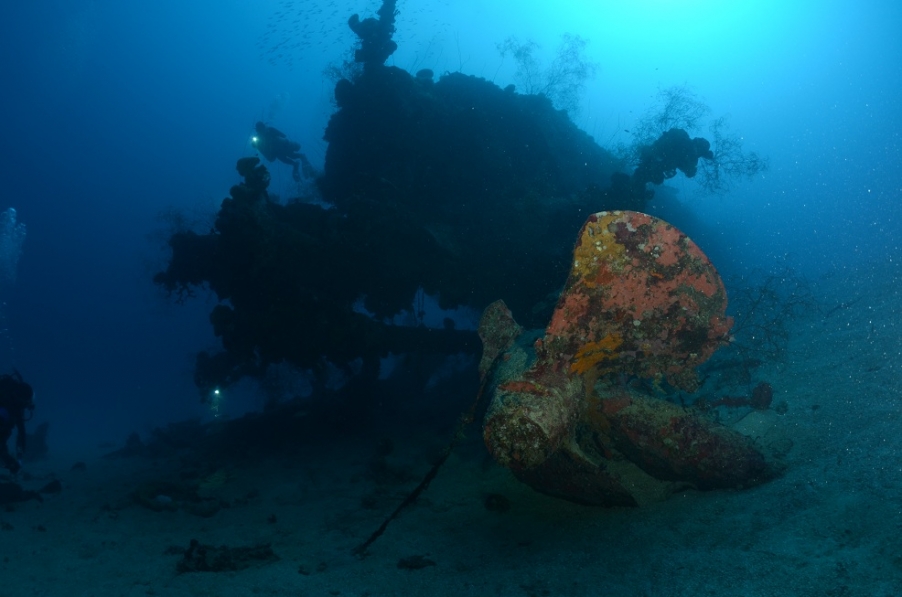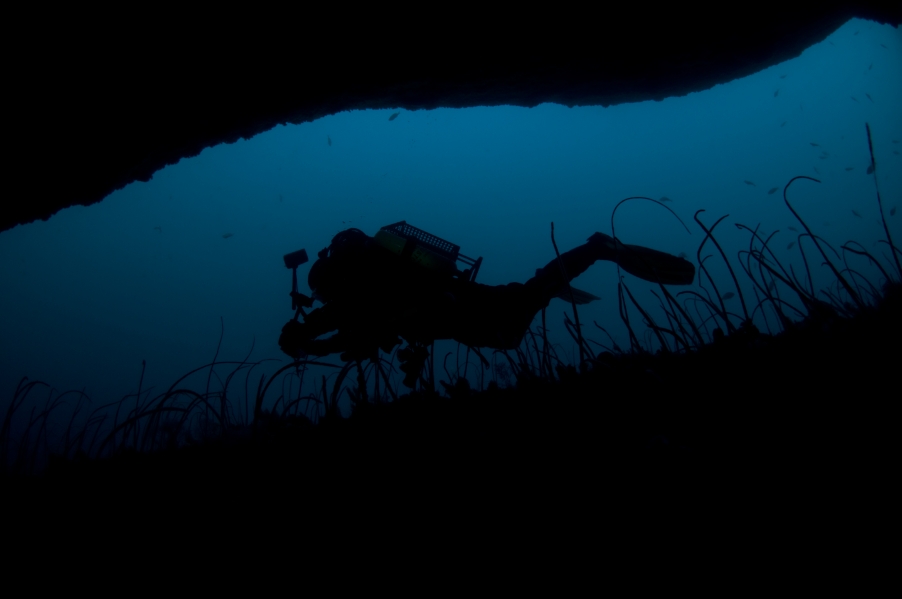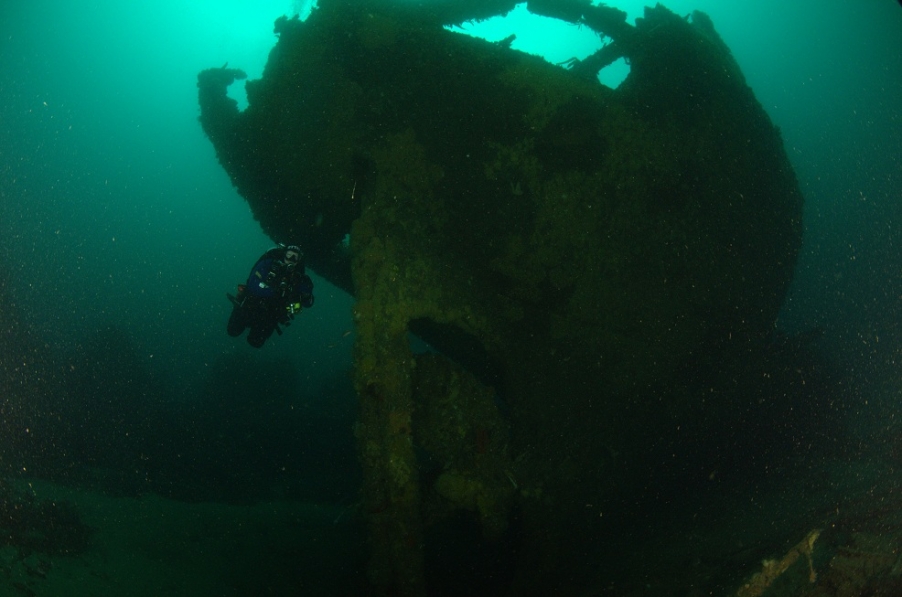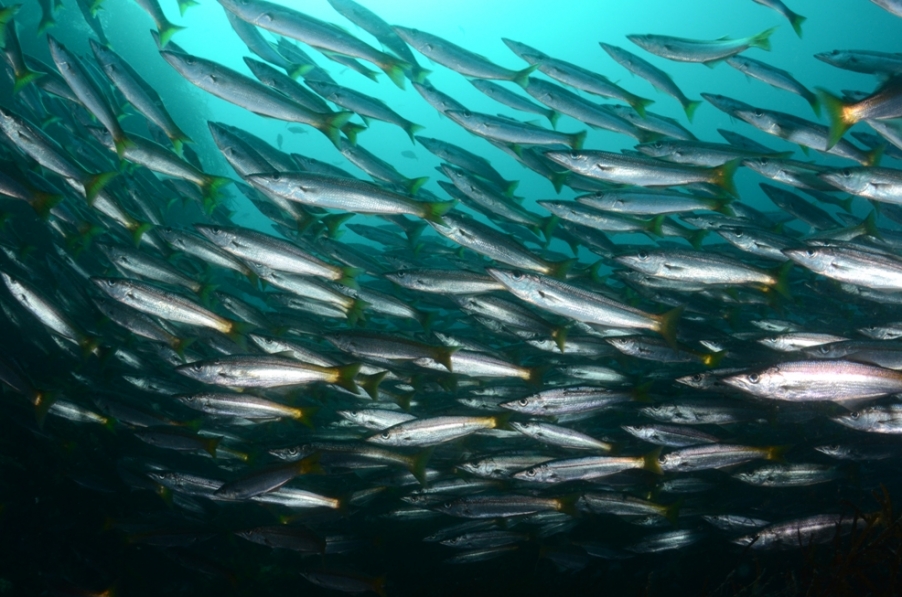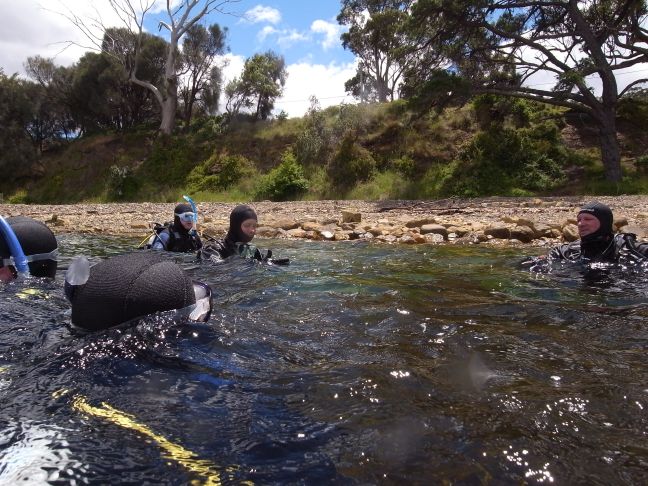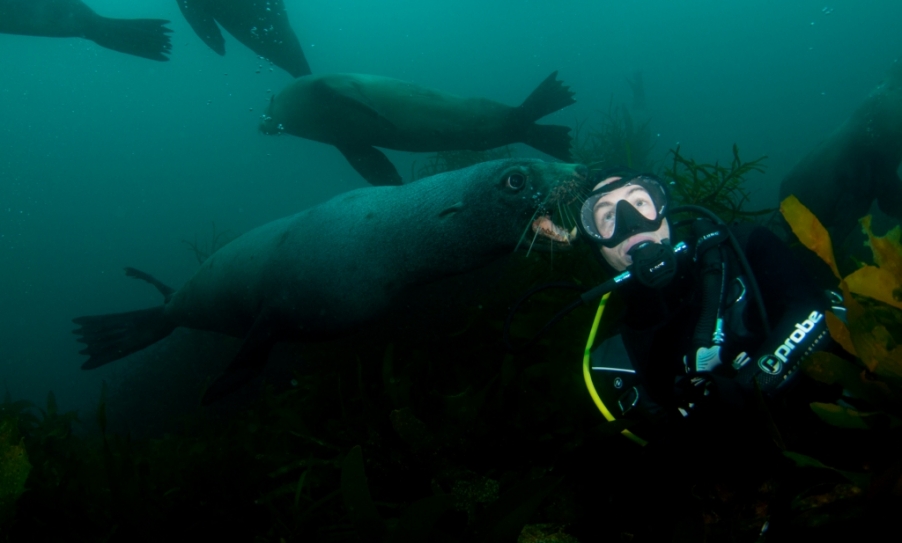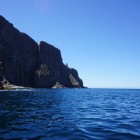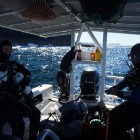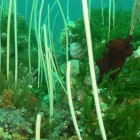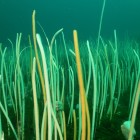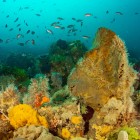Latest Dive Reviews
Dec 8, 2012 - Dart Bank![]()
![]()
![]()
![]()
![]()
"The Cape Raoul stretch of coast is often over looked as dive destination, often ponded by large southerly swell and exposed to the wind from many directions, all of which make it difficult to dive. Our planned trip to the area presented us with ideal conditions a predominately northerly wind and a low swell. Whilst the aim of the day was to have a look at Dart Bank which rises up from 50m to around 20m some three miles off the coast on this day the strong hot northerly winds made for rather choppy and uncomfortable conditions offshore, so we headed in towards the Cape for a look.
During the hand full of trips I have made to the area I have looked to dive the Raoul but have often been forced back by swell. This day we were greeted with near perfect conditions, the swell was less than 1m, more like a surge in the shallows and was nicely sheltered from the strengthening NW’ly wind. Assessing conditions at the Cape we decided to do the dive in two groups, we set a shot line to assess the strength of any current and found there to be very little. Pax and Andrew planned to drop into 40m off the Cape whilst Mark and I planned to drop in as close to the Raoul as possible and make our way out into deeper water.
I found the diving off the Raoul to be very different to the diving we are more familiar with further north on the Tasman Peninsula. Running out off the cape the reef dropped down in steps from 10m to 30, then to 40 plus metres. At around 30m we found low walls and rocky outcrops covered in a mixture of invertebrates and green caulerpa weed, a wide flatter expanse reef adjacent to the first drop off was primarily dominated by the green weed with sea whips rising up through it, which was a sight I had not seen before. The usual variety of fish species were present including sparse schools of butterfly perch, wrasse, large banded morwong and the occasional large bastard trumpeter, a few juvenile boar fish were also seen. Making our way around the southern side of the cape we found large boulders dotted across the reef and the green weed gave way to small sponges. Ascending short tufty red algae dominated and the rock look particularly rounded and worn with a number of wide gutters cut into the reef an indication of the constant ponding this area gets from the large southerly swell. The shallows were dominated by vast fields of sea tulips rather than the more common bull kelp. Vis was surprisingly good at around 15m.
The surface interval was spent exploring this spectacular bit of coast, taking the opportunity in these exceptionally calm conditions to poke the boat into caves and small embayment’s. Time was also spent sounding out likely dive locations. The second and in my case third dive primarily focused on getting a few crays and abalone, in a nice sheltered little bay just back from the Cape, Pax was lucky enough to pounce on a nice specimen which tore a hole in his dry suit seal.
Overall a great day of exploratory diving, all of us diving an area we had never dived before and were pleased with what we found, all agreeing the area is worthy of further exploration.
Thanks Sparky and Pax for contributing photos."
By James
Who Dived it?




